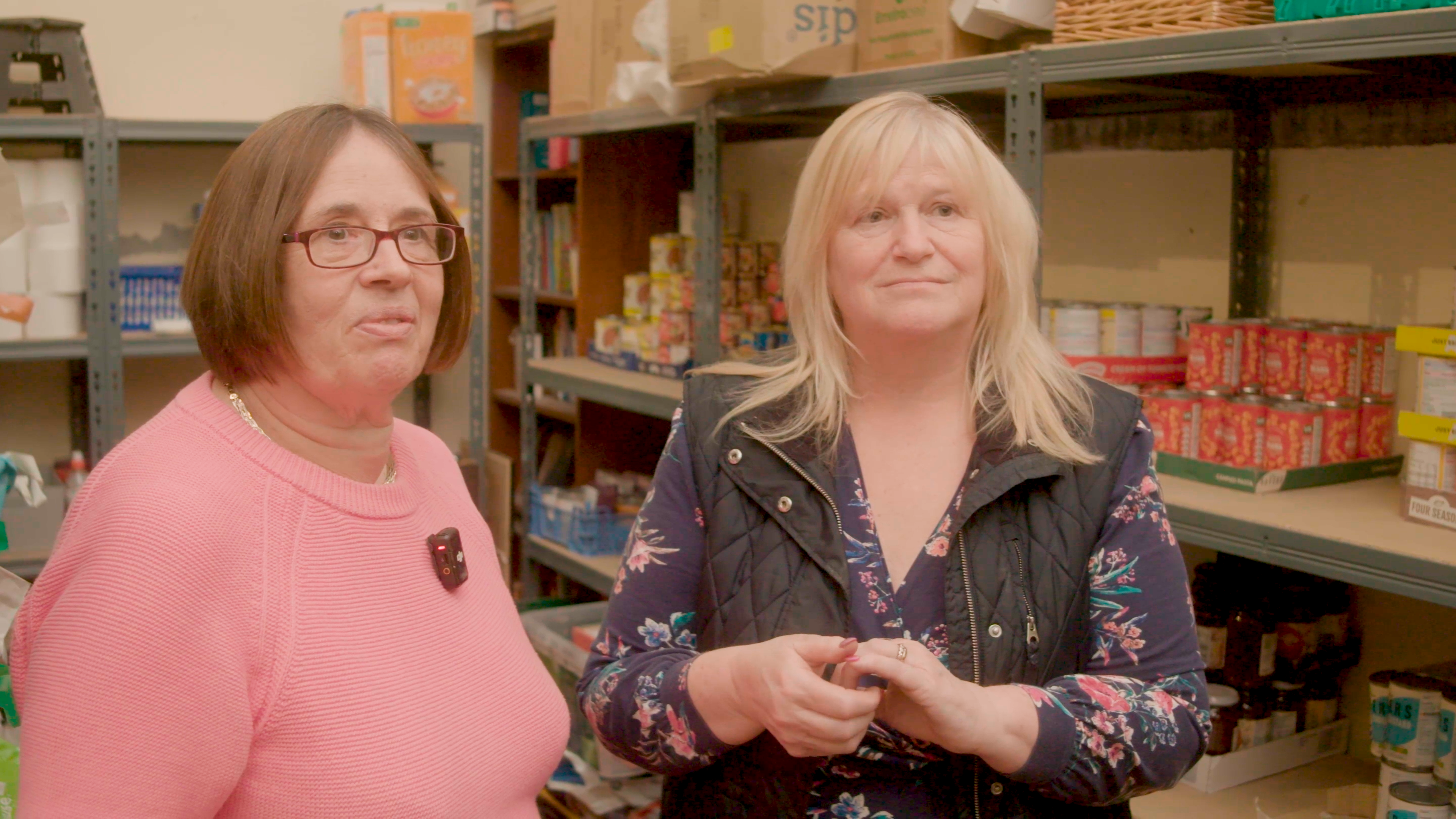
The volunteer lifeline
Volunteers are the hidden engine of church life, and without them so many aspects would grind to a halt. They are often how doors are unlocked, choirs can sing, food is distributed and young people find safe spaces to belong, along with supporting the clergy in immeasurable other ways. The contribution of this unseen workforce is immense: without them, the thousands of social services and community groups that meet in churches each week would simply not continue.
The scale of this commitment is staggering. In 2025, an overwhelming 83% of churches said the successful management of their buildings depends on an active body of volunteers. The average congregation now relies on 265 hours of unpaid service every month.
In 2010, only 22% of churches said that “lack of volunteer time” limited their ability to provide more community activities. By 2025, almost half (45%) identified this as a major barrier to doing more in the local community. In another question, when asked what practical assistance would help them expand, 70% pointed to “more volunteers” as the single most helpful support. Though the wording and framing have shifted from limitation to barrier, the trend over time is unmistakable: what was once a background worry has become one of the greatest obstacles to growth.
There also is an opportunity here to inspire and equip a new generation to step forward. The young people who are singing in choirs, joining local youth groups or discovering the heritage of their churches today could grow into tomorrow’s volunteers.
Strengthening the volunteer base of churches is one of the most effective investments that can be made to ensure these vital spaces remain alive, used as places of worship, and loved for decades to come.


Volunteers under pressure
St Laurence, the oldest building in Chorley with over 800 years of history, is more than a Grade I listed church: it is the beating heart of the community. Its Norman font and ancient family pews testify to centuries of faith, but today it is the 160 volunteers who sustain its daily life.
160 may seem like a lot of volunteers. But even with one of the largest volunteer bases in this Survey, St Laurence struggles to meet local demand. Volunteers are already committed to a multitude of offerings throughout the week, such as cancer cafés, mental health and bereavement support, arts and crafts, history groups and money management. They also staff ‘Open Table’, a 24/7 ‘food hotline’
with referrals from the Council to deliver emergency parcels in the area.
Half of their volunteers are not church members; they are local people wanting to support this vital resource in the community.
This service is under extraordinary strain. Volunteers serve free hot meals most days, even though the lack of facilities means it is limited to soup and hot drinks. A vision to expand with a proper kitchen is currently on hold as the church also battles urgent roof failures that last year forced temporary closure when water poured onto the pews. The introduction of a £25,000 cap on the Listed Places of Worship Grant Scheme has left them unable to make urgent repairs and they are now unsure of how to proceed with updating the facilities in their building to meet local need.
While St Laurence’s dream of offering heritage tours and interpretation to showcase the building’s extraordinary story, they lack resource and funding. Grant applications, especially to The National Lottery Heritage Fund, take time and expertise. And all the volunteers are currently tied up providing the much–needed community support.
What this case shows is that numbers alone do not equal capacity; it is the intensity of the need, the fragility of the building, and the limits of volunteer hours that shape what can be achieved. Without more external support, both the building and the extraordinary volunteer commitment it inspires are at severe risk of exhaustion.
